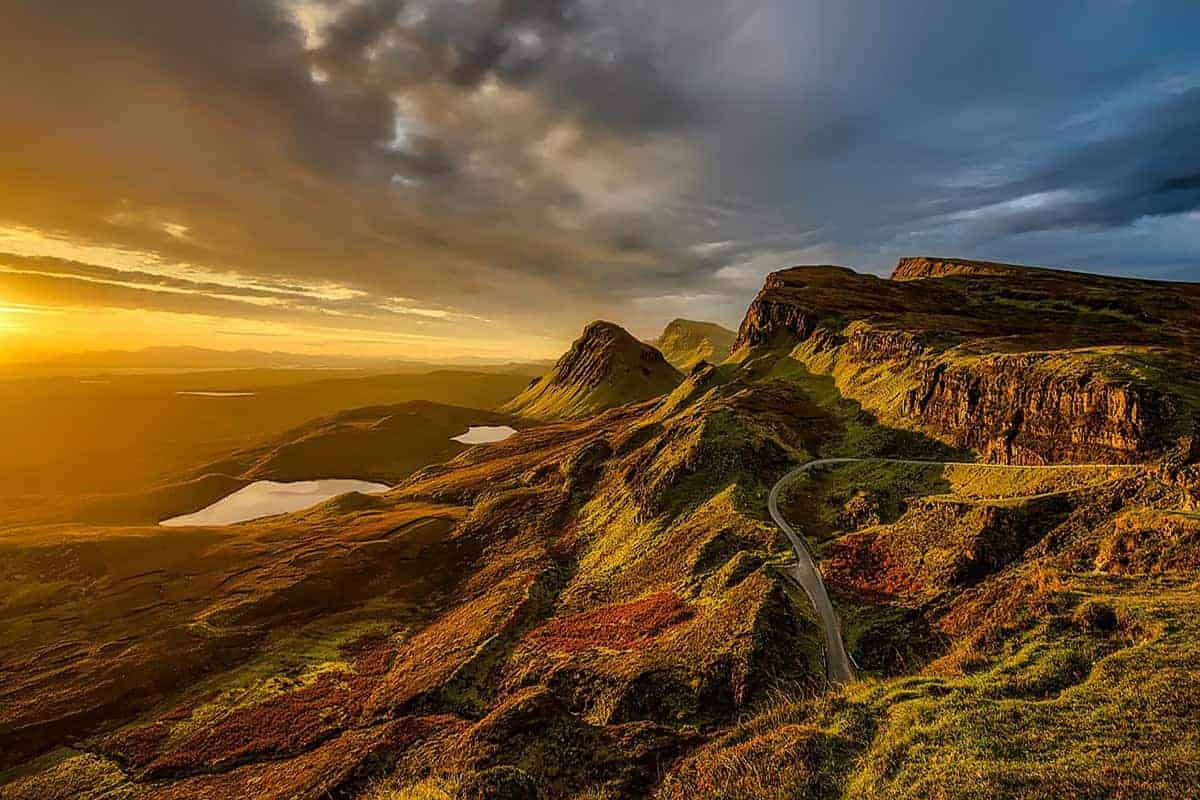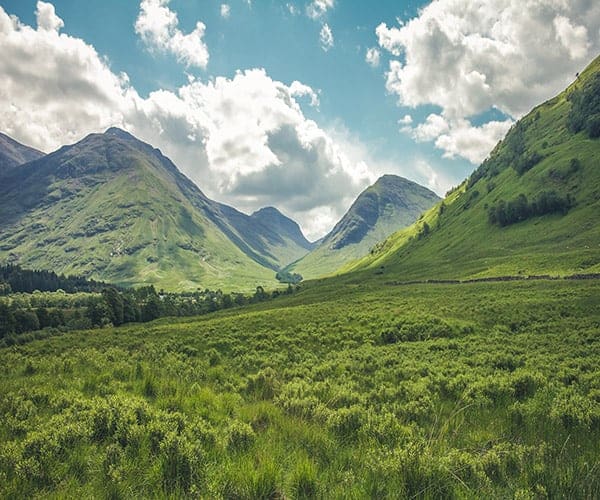
The question “how does elevation affect climate” is not an uncommon one. Elevation does affect climate, and the impact is something you may have noticed if you fly regularly. Take this simple test if you can. Fly in an airplane at a high altitude and dive deep down the ocean in the same location. You will discover that at high altitude, there is cold and the opposite is experienced when you go deep down the sea.
However, the reason elevation affects climate and temperature gets colder is this. As you go higher up, the atmosphere experiences less pressure. As the gas existing in the atmosphere rises, it will start feeling less pressure, thus causing it to expand.
You can continue reading for more information on how elevation impacts climate.
The Meaning Of Elevation As It Affects Climate

For a clear understanding of how height affects climate, we need to figure out what the word “elevation” means. It’s the distance high up, above sea level. It’s also measured in feet and meters.
Now the thing is when you look at maps, you see the elevated points on the earth surface. Such maps, the ones that show high areas on the earth surface is known as “topographic map.” You will sport the elevated fields marked with contour lines, numbers, or bands of colors.
The topographic maps are not only detailed and accurate. Their graphical representation is unique. With this map, you can quickly identify human-made and natural features on the surface of the earth.
Impact Of Elevation On Climate & How Humans Live
As earlier said, the effect of elevation on climate can be experienced by anyone. A simple explanation I gave before was to fly in an airplane. Touch the window as the plane ascends or above sea level. You will notice that the windows will be feeling cooler, compared to how it was before the flight took off.
Now coming back to how we live, it’s a well known fact that elevation can dictate that. Altitude can also influence where we humans live. You will find that many people in the world are living on coastal plains. These areas usually have an elevation of about 500 feet or lesser.
But other people have lived in areas with elevation as high as 17,500 feet. They have adapted to life in such areas. But know that the higher you ascend, the more difficult the living would be. For instance, once you move about 17,500 feet, there would be less oxygen to sustain humans. The temperature would also be too cold for crops to thrive.
So elevation, as you can see, can influence many things. It can dictate the kind of plants farmers in certain regions can grow. It can also impact how and where humans live.
Other Factors That Influence Climate Besides Elevation
We already know from previous explanations that altitude or elevation affects climate. As you go high up, temperature drops and climatic condition automatically becomes colder.
But elevation is not the only factor that influences climate. Several factors do. So for better understanding, I will explain each of these factors. Let’s dive into them one by one.
1. Topography

I understand that not everyone is a geography student. So it will not be fair to talk about topography without any definition of the term. A simple description of topography is the physical features or condition of an area of land.
These features practically consist of natural formations. Examples include rivers, lakes, mountains, and even valleys. Other human-made features like cities, dams, and roads may also be part of it.
Local differences in topography that exist between the two areas can lead to variation in the climatic condition of the area. That is one thing you need to understand about topography and how it affects climate.
When you visit mountainous areas, you will find that they tend to be colder than the surrounding land. You might be wondering why this happens. Anyway, the simple answer is the higher attitudes the mountain has.
Mountain regions block air masses from the flow. And as a consequence, the air masses rise higher and pass over this terrain. Thus the air masses become cold, and this causes condensation and precipitation of water vapor. That’s why you will find that the windward side of mountains enjoys more vegetation and precipitation, while the leeward side remains drier.
2. Nearness to the ocean
There is something about water (ocean) and dry land. Both tend to retain varying amounts of heat. But here is the thing. Land tends to heat up a bit faster than water. But then, water tends to hold its heat longer than land does.
But the point is proximity to large water bodies affects climate. During the summer periods, the coastal regions are usually colder. And during the winter months, these regions are warmer.
3. Winds
Yes, wind can also affect climate. When winds blow or move from a hot region, then they are surely going to increase temperatures. If it’s coming from a cold area, the temperature reduces.
Let’s consider the UK, for instance. The wind that comes from the south tends to be warm. The one from the north usually brings cold air. So it is safe to say that air masses have a massive impact on the UK’s climatic condition.
4. Latitude
First, let me define what latitude is. It’s an angle that ranges from 0 degrees at the equator to 90 degrees at the poles, on the earth’s surface.
Now Let’s Find Out How Latitude Affects Climate
Temperature range goes higher with distance from the equator. In the same vein, temperatures reduce when one moves away from the equator. What’s the primary cause?
The sun rays are scattered over a considerable portion of land. And this happens when one moves away from the equator. The earth’s curved surface is also responsible for this.
You might also be wondering why the polar region tends to be colder. Well, it’s merely because the sun rays have a far distance to travel, unlike areas on the equator.
Human influence
Now you understand the factors that affect climate naturally. They include topography, winds, proximity to the ocean, latitude, and so on. However, the one we cannot forgo, and that is a serious topic of discussion is the human influence.
Our activities are causing climate change, which is considered the primary force behind global warming. The thing is our influence would have been minimal if there wasn’t any population explosion. But as the earth’s population continued to increase, the need to fell more trees to build houses, and meet other requirements continued to grow.
We forget that trees have great value. They not only help to beautify our environment. Trees help to take care of the excess carbon dioxide in the atmosphere which we breathe out. Contrary to humans, trees breathe in carbon dioxide and breathe out oxygen. And when there are no trees, it becomes difficult to remove carbon dioxide from the atmosphere.
The industrial revolution witnessed in the 19th century had a significant impact on our climate. The invention of the motor engine took center stage, and there was increased use and burning of fossil fuels. All of this gave rise to increased carbon dioxide in the atmosphere. And the felling down of trees didn’t help matters. Today, more trees have been eliminated with no afforestation plan. This factor is also contributing to the excess carbon dioxide in the atmosphere.
Conclusion
Well, the question “How does elevation affect climate?” has been answered. And yes, elevation can affect climate. When you go high up, you will notice that the temperature feels much colder. There is also a shortage of oxygen as you go higher too. However, the elevation isn’t the only factor that affects climate. Factors like topography, winds, proximity, and human influences can affect climate also.
You May Like These Articles As Well:
Dunkleosteus Vs Megalodon: What Is The Difference?
How Do Lobsters Communicate? 10 Shocking Facts About Lobsters








